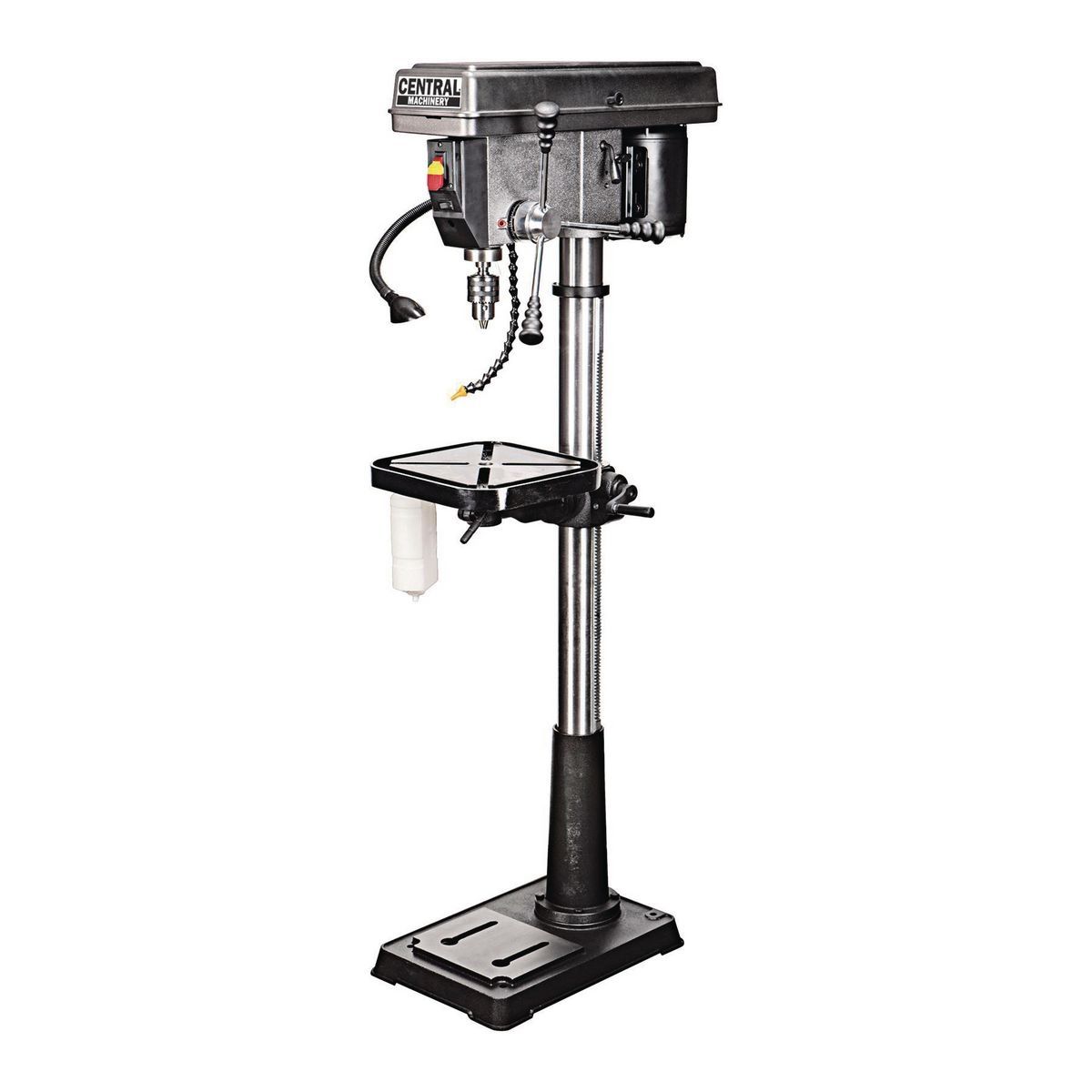The plot thickens,
Apparently there are at least 2 HF SKU numbers...
You've really, really got to pay careful attention to the harbor freight review, comparison, and modification stuff that's out there. It's kind of a thing that's taken on a life of it's own, to the point that I don't really trust them. Not fully "staged", but still set up to get the results that are popular. Some stuff you can see what you want to know, other times not so much
My experience is that yes, they're different products, but not as different as it seems. They consider them interchangeable for a reason.
My experience is also that unless you're in a very select area where Harbor Freight drew a line in the sand to distribute their multi-numbered products, you don't have a lot of choice. If they get model A at your store, that's all you're ever gonna get from that store. If you're close enough to the "boundry" where you can drive to another store and get model "B", then that's how you'd have to do it. But you can't even call 'em. Unless you can find a person willing to go look at the box... If you ask for one number, the computer, the inventory, it's going to lump all the numbers together.
Some things, like the spindle taper- Yeah, if you've already got tooling that fits one or the other, it's a big deal to you. They ARE different. If you're going to do as MOST drill press owners do, and mount a chuck on it that's going to live there for the rest of eternity... You don't care. You can take ANY taper and break it down by all kinds of metrics, and find one superior to the other. Some just are more rugged than others. But any of these are plenty good to hold back what ANY of these drill press motors.
And the motors... Sounds like you're looking at a 1/3hp motor. That's not that big. My drill press that I've had at home, that I love to bash on when I'm talking about it, with it's crooked table, cracked base, bent column, a headstock that's bored poorly so the post bore isn't parallel to the spindle bore, has exceptional play in the quill... That drill press has a 1/3hp motor rated at 7 amps. I've got a 5/8 chuck on that never run out of motor. Sure, it's be nice to have a half horse (or three, or five horse) motor on it, but it's not going to be any more effective. It's enough.
Spindle runout? My little drill press could give ANY drill press from Harbor Freight a lesson on how to swing a drill bit. It won't hit a home run, but it'll sure keep the shortshop busy. But it still drills good holes. The whole reason we have to punch for holes on a drill press is that drills tend to bugger off and do whatever they want anyhow. As long as the punch is deep enough to accept the web of the starter drill, it WILL find the center of the punch. And a subsequent drill will follow that hole. It doesn't even make a drill bit drill tangibly oversized. I mean, sure, it technically does. But you're not going to own two drill bits in a row that reproduce holes close enough to identical to be able to pick out that difference, fromt the difference in how hard you're feeding it on any given day. So long as the runout is managable, as in, you can put a 3/16 inch or less pilot bit's web inside of the punch mark it's a non-issue. It'll drill holes where you want them.
Aluminum pullies are a problem? My poor old benchtop Delta that I just told you about has aluminum pullies, and my other one, before I had a home shop, I drug it to work where it now lives bolted to the floor there. 25 plus years of absolute stupid abuse, that one is in a lot better shape. Powermatic 1150, with the change belt, not the variable option. That one has aluminum pullies. I've yet to find out why they're no good. If you've got pullies that are bored crooked and wobble all over the place, you're going to hate life, but that's not a material thing, that's a quality control thing that any HF supplier could provide on demand at just about any point in time on just about any product they make.
Here's my thought- Despite it's warts (and under three grand, outside of commercial stuff, there WILL be at some warts on it somewhere), I think you've picked a very servicable drill press that with (or without) some polishing up here and there, will serve you very well and do good work for as long as you'd like for it to. Don't let others wreck it for you before you even open the box.

www.harborfreight.com
